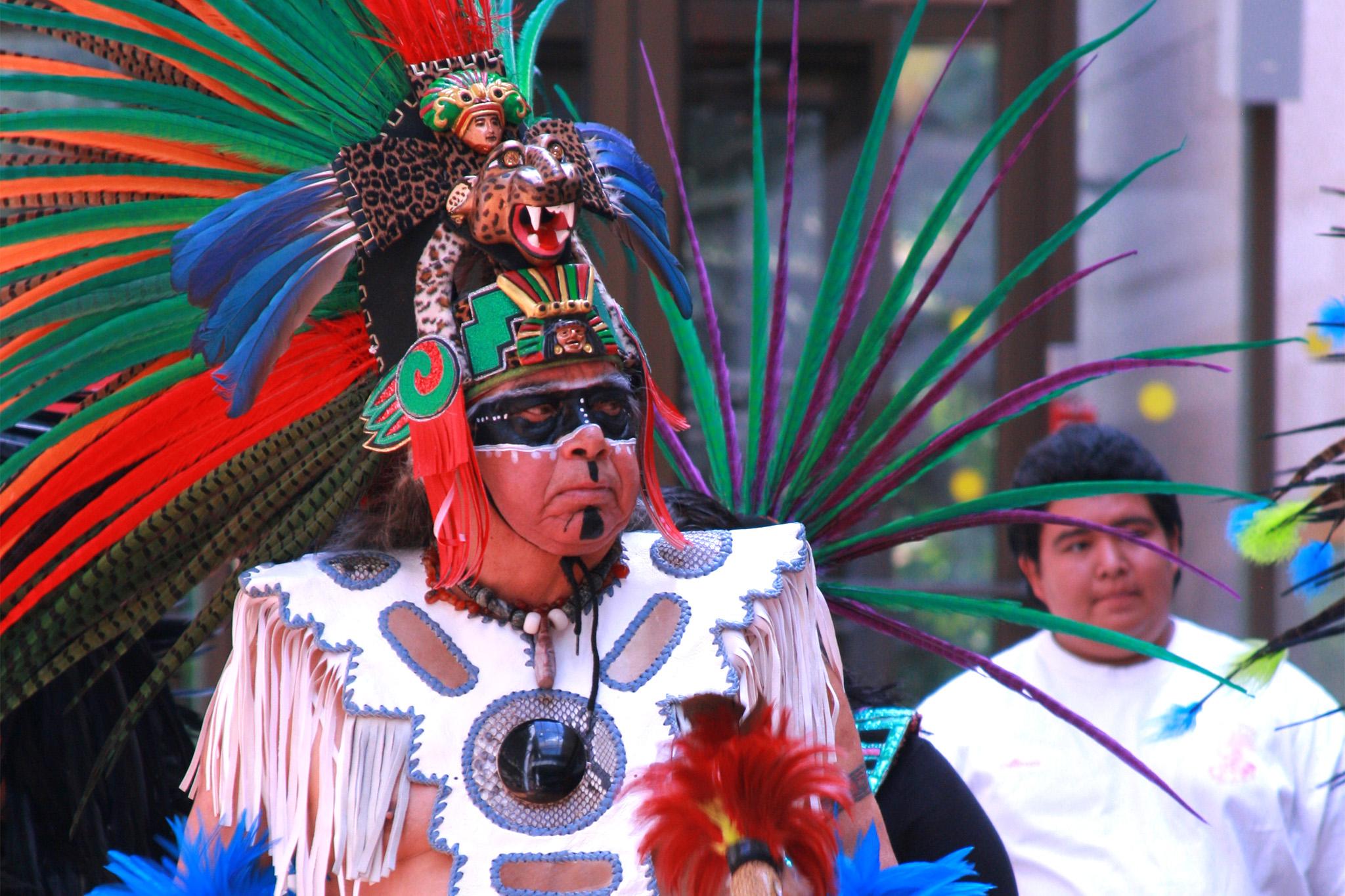The way Renee Fajardo sees it, Raul Chavez Portillo should be a household name in Denver, though he may have been too humble to embrace that kind of recognition.
Aztec Dance is ubiquitous in this city, often a starting point for occasions held both in celebration and mourning. Chavez is one reason the traditional art form is so widespread in Denver today, Fajardo told us. In her words: "He laid down the foundation for the other groups that are here."
He died on Saturday, May 7. Fajardo is working with his friends and family to raise money for a funeral they hope to hold on May 19.
Chavez was born in Mazatlan, Mexico, in 1952 and moved to Colorado as a teenager.
He practiced Aztec Dance, or Danza Mexica, as a child. It's a traditional practice with roots in the Aztec Empire, at once a performance, a prayer and and communal way to bless a space in moments of ceremony.
Chavez began dancing in Denver in 1973. In the early '80s, he joined with local Chicano group Los Danzantes de ColorAztlan to form Grupo Tlaloc. (Tlaloc, the Aztec god of rain was also a name Chavez's grandfather gave him as a child.)
That moment, Fajardo said, was the part of a shift in Chicano culture in the city. Cesar Chavez and Corky Gonzales had already made a mark on labor, power and justice. Danza's appearance in the U.S. was part of a spiritual awakening in Chicano circles. But Carlos Castañeda, who now leads Grupo Tlaloc, said it was also influenced by a parallel movement.
In 1973, the American Indian Movement staged an occupation of Wounded Knee in South Dakota that attracted Chicano activists from around the nation. Castañeda's brother was one of a handful of representatives from the Denver area that helped hold the land for 71 days as federal agents tried to wrest it from them. Castañeda said the protest turned Chicano activists on to their own Indigenous roots.
"That movement is kind of what opened the doors," Castañeda told us. "Raul came in right after that."
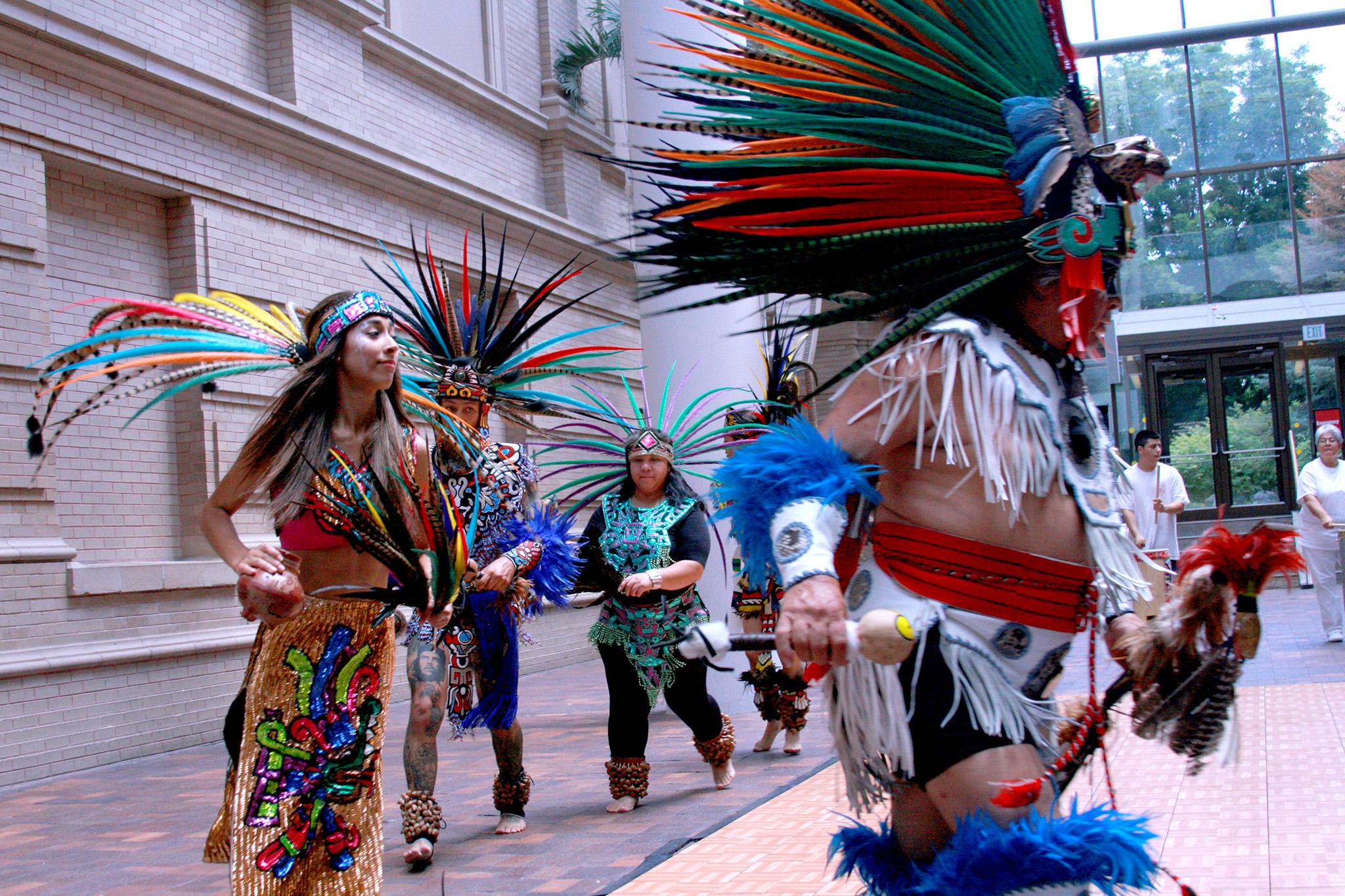
Aztec dance had been buried by the culture, Castañeda said, because Indigenous people were considered "low class" in Mexico after Spain's conquest. But as Danza groups began to appear in the U.S. in the 1960s, Chicanos who were beginning to explore their ancestral heritage recognized it as a direct line to traditions they needed to uncover.
Danza came to Colorado soon after Wounded Knee, Castañeda said, but Denverites were far from the teachers who brought it from Mexico. When his community met Chavez, they recognized him as someone who could help them grow their practice.
Chicanos, Fajardo said, are at once American and Mexican, Spanish and Indigenous. Their identities are complex, burdened by the history of conquest, borders and shifting religion. She said Chavez was uniquely able to guide the people of Denver toward new enlightenment.
"We were hungry to connect to our cultural identity," she said. "He was a woven tapestry of Spanish and Indigenous Mexica blood. His ability was to basically give them a path to discover that. He had grown up with it, was comfortable with it and understood all of the nuances of it. So the foundation he laid for them was very, very solid."
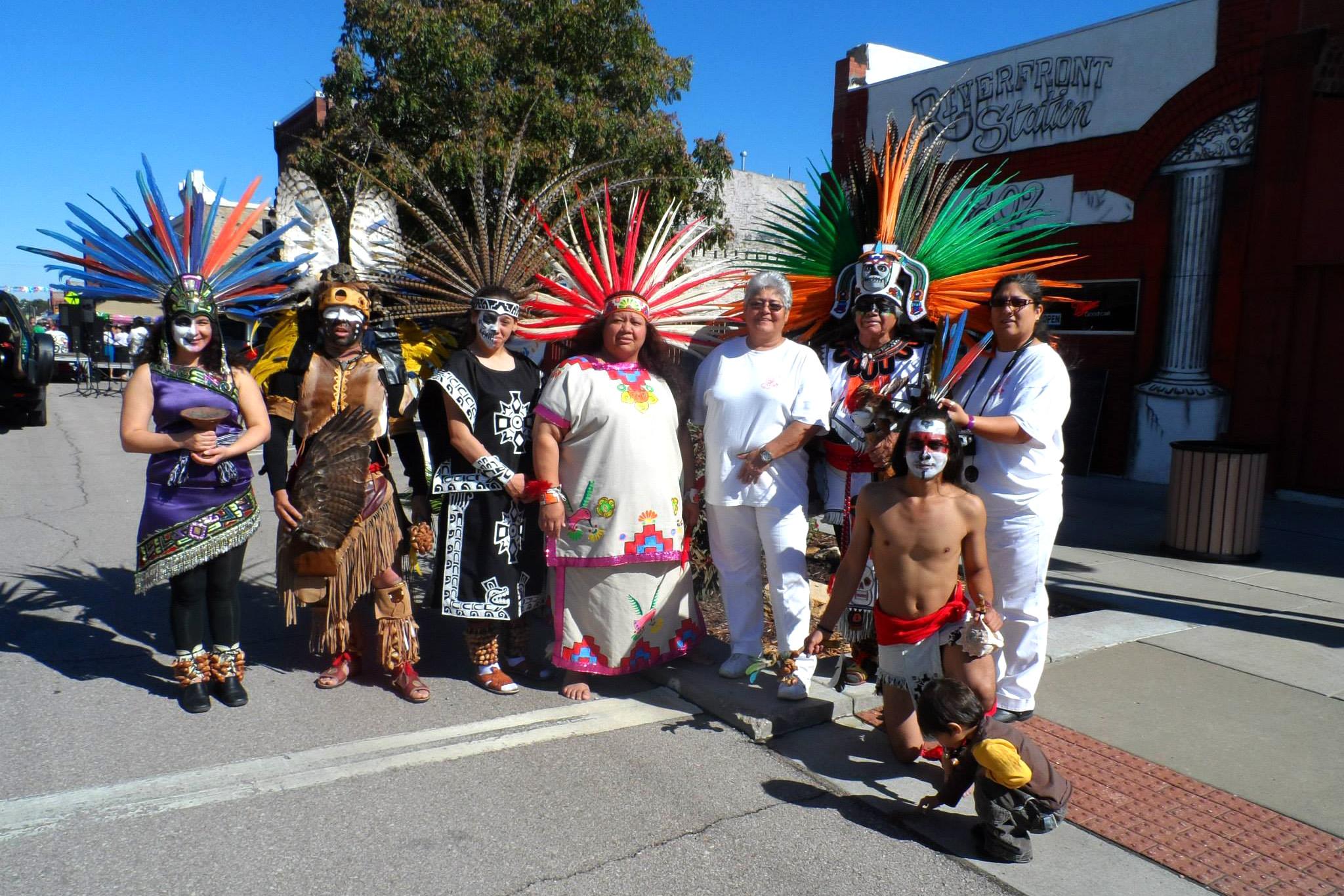
In the 1990s, Chavez left Tlaloc to form a smaller, more family-based group that he called Huitzilopochtli, named for the Aztec god of sun and war. He appeared regularly with Grupo Huitzilopochtli at the Aurora Fox theater and in the Santa Fe Drive arts district, and brought his craft to events beyond Colorado's borders. He'd perform with the group until he died, dancing just a week before he passed to honor Alicia Cardenas and Alyssa Gunn-Maldonado, who were murdered on South Broadway in late December.
Through the years, Chavez also helped create annual Dia De Los Muertos celebrations in places like Topeka, Kansas, and Breckenridge.
Though Castañeda said he and Chavez did not remain as close as they could have, and though he said Chavez was not solely responsible for Danza's growth here, he said Aztec dancers in Colorado today owe some due to his longtime friend.
"It's a great loss, it's a sad loss, and I think he deserves to be honored," he said. "Danza has flourished."
Chavez's friends will remember him for his love, generosity and humility.
Georgann Garcia danced with Chavez for 35 years. He was her capitán.
"The Danza is set up like military. You have your generals, your captains, your sergeants. And all of the dancers are your warriors," she said. "That's something you have to get from those generals in Mexico. You cant just come and say, 'Oh I'm the captain.'"
But despite the military title, Garcia said Chavez never acted like he was at war. People who knew him speak, instead, of his grace.
"He was a very humble man, and really he just opened up to everybody," Garcia remembered.
Fajardo, who also danced with Chavez for decades, said he was like a monk, "someone who is actually on a spiritual path that's very clear to them."
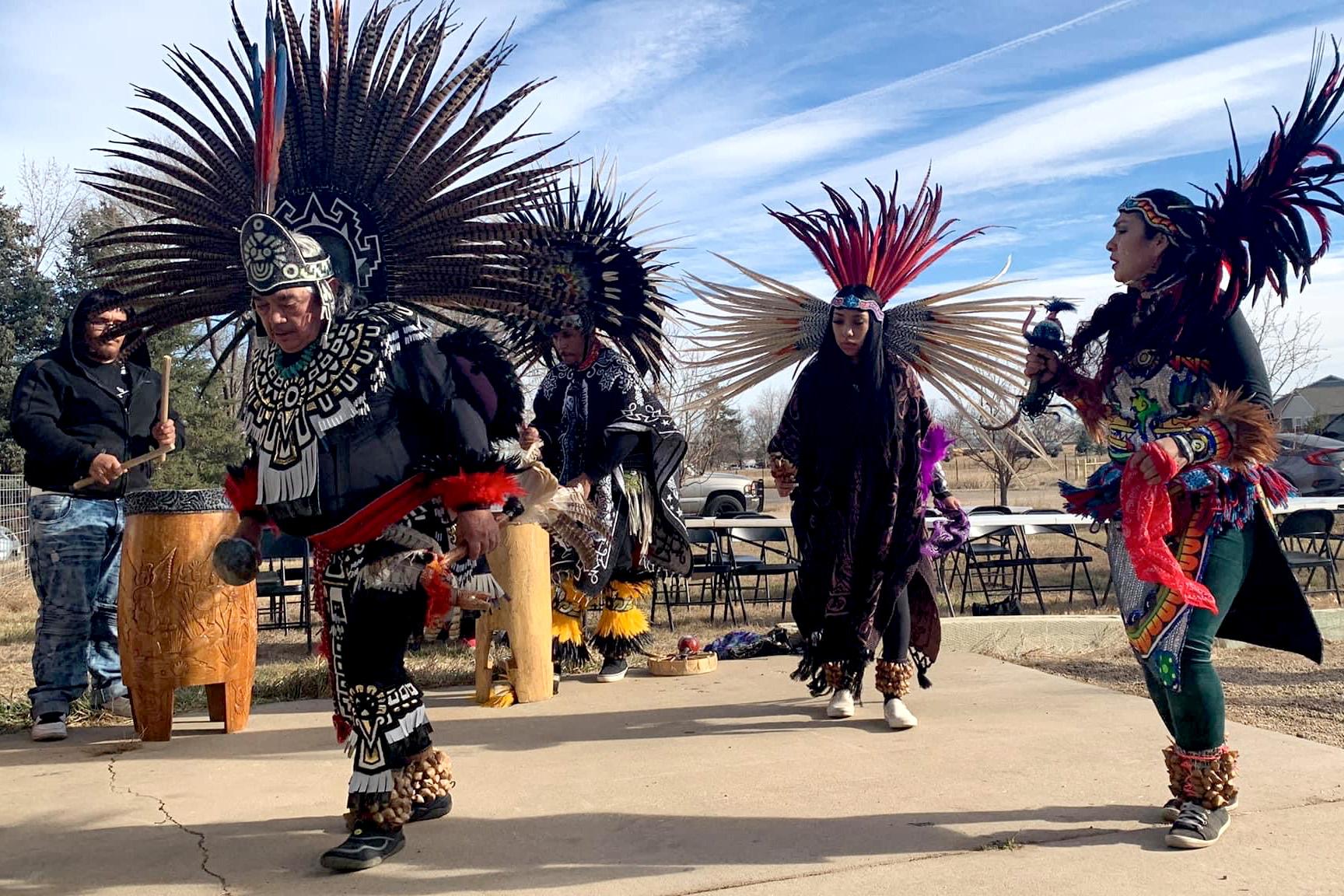
He made space for all sorts, she said, opening the doors to his Grupo to anyone interested in Danza Mexica regardless of their lineage. He also opened his home to people in need, often immigrants who came to Colorado without much beyond the clothes on their backs.
"I can't tell you how many people lived with him, how many people he took in," she told us. "What he was doing was laying down a space where people were welcome, that was gentle, that was loving, that was not trying to be part of the mainstream of all of the noise and fighting in the world. He shied away from that."
Fajardo added his aversion to conflict and his humility likely prevented him from becoming known as a major cultural figure in Denver. Despite the groundwork he laid for Danza Mexica in the city, he never sought recognition. She worries that's one reason his friends and family face a difficult economic situation now that he's gone. She said they're hoping for a "miracle" to raise $15,000 for funeral costs to bury a deeply Catholic man.
Still, Fajardo said his finances had little impact on his way of life.
"Raul has always lived very humbly. But you would never know he was poor, because he would just give you anything that he had," she said.
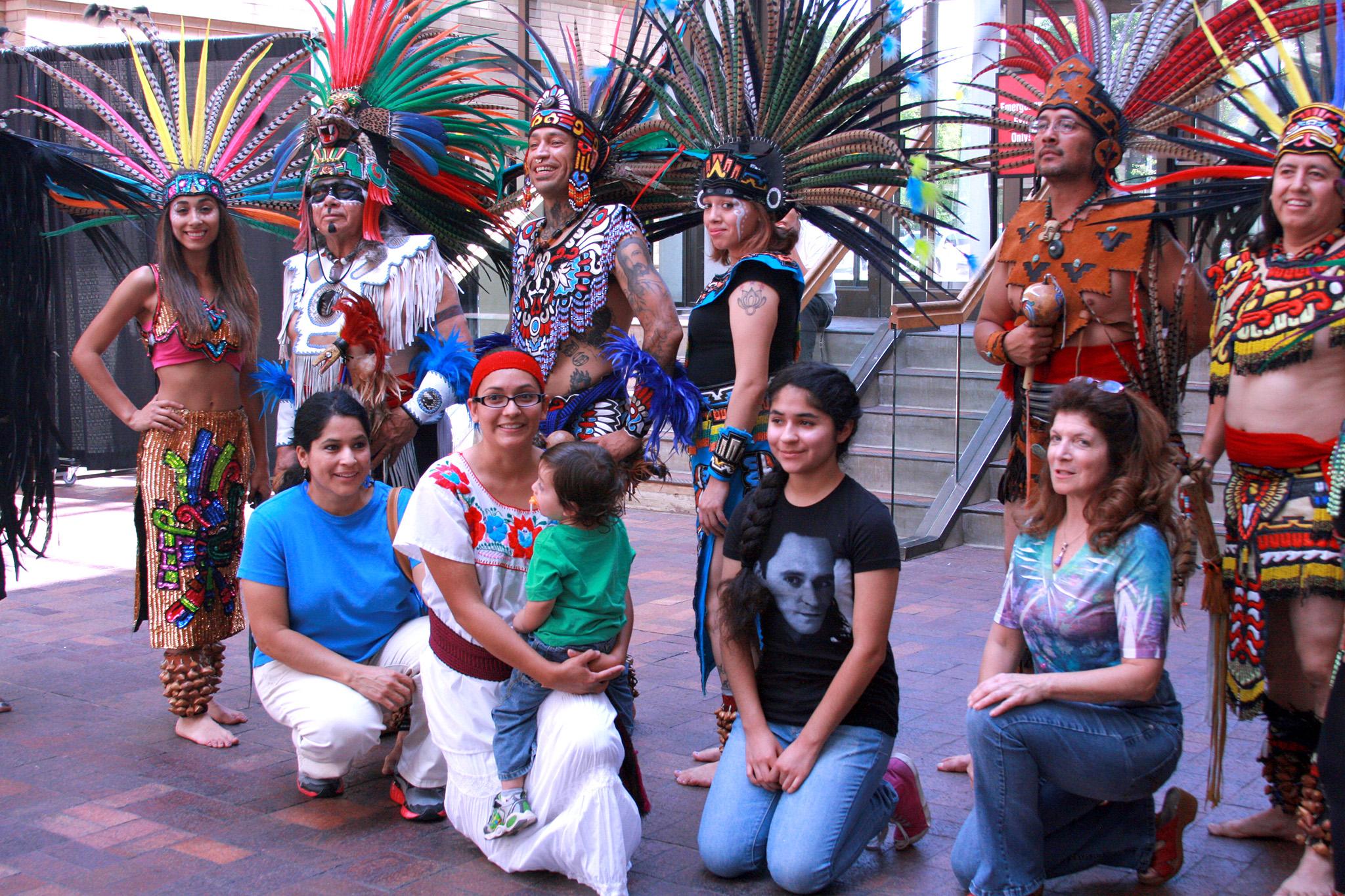
Anna Rodriguez, whose husband grew up under Chavez's tutelage, said his contributions to Mexica culture in the state cannot be understated. He brought Danza to her family in Longmont, a tradition she hopes will survive in her four daughters and continue through their children. While Chavez did not dwell on colonialism's suppression of his people, it's something Rodriguez thought about as she danced with him.
"They didn't wipe us out, and I think it's important that the universe knows we're still here. It's very important that it stays alive," she said. "We are sun dancers. As long as the sun is out, we will continue to dance."
Correction: This article was updated to more accurately reflect Carlos Castañeda's role in Grupo Tlaloc.

